Exhibition dates: 14th February – 7th June 2009
Homer Page (American, 1918-1985)
New York, August 11, 1949 (girl and coal chute)
1949
Gelatin silver print
“A brilliant but under appreciated American photographer, Homer Page used a Guggenheim fellowship in 1949-1950 to photograph New York City. Included in the 2006 Hallmark Photographic Collection gift to the Nelson-Atkins were some 100 of his vintage black-and-white prints. The Museum is thus in a unique position to celebrate his remarkable artistic achievement: his vision, at once gritty and lyrical, of the face of metropolitan America at mid-century. In recording the city so intently, Page had a larger goal in mind: to suggest nothing less than the emotional tenor of life at that time and place.
From an artistic standpoint, Page’s work represents a “missing link” between the warm, humanistic, and socially motivated documentary photographs of the 1930s and early 1940s in the works of Dorothea Lange, and the tougher, grittier and more existential work of the later 1950s as seen in the images of Robert Frank.”
Text from The Nelson-Aitkens Museum of Art website
.
Many thankx to The Nelson-Atkins Museum of Art for allowing me to publish the photographs in the posting. Please click on the photographs for a larger version of the image.
Homer Page (American, 1918-1985)
The El at 86th, New York
1949-1950
Gelatin silver print
Homer Page (American, 1918-1985)
New York (boys and manikin)
1949
Gelatin silver print
Gift of Hallmark Cards, Inc.,
Homer Page (American, 1918-1985)
New York City
1949
Gelatin silver print
Homer Page (American, 1918-1985)
New York, June 19, 1949
1949
Gelatin silver print
“”Page captured both the facts and the feeling of life in post-war New York: commuters in transit to and from their offices, the signs of commercial and consumer culture, leisure pursuits and night life, psychological vignettes of the lonely and dispossessed. His work provides a rich and original vision of 1949 America.
Page was devoted to the visible facts of his world, but his real goal was something much deeper: the emotional tenor of life at that time and that place. This is a body of work of great passion, intelligence, and artistic integrity – one that is all the more important for having remained essentially unknown to the present day,” Davis (former Hallmark Fine Art Programs Director) said.”
Text from the ArtDaily.org website
Homer Page (American, 1918-1985)
New York City
1949
Gelatin silver print
Homer Page (American, 1918-1985)
New York City
1949
Gelatin silver print
Homer Page (American, 1918-1985)
New York City
1949
Gelatin silver print
Homer Page (American, 1918-1985)
New York City
1949
Gelatin silver print
Homer Page (American, 1918-1985)
New York City
1949
Gelatin silver print
Homer Page (American, 1918-1985)
New York City
1949
Gelatin silver print
Homer Page (American, 1918-1985)
New York City
1949
Gelatin silver print
Homer Page (American, 1918-1985)
New York City
1949
Gelatin silver print
Homer Page (American, 1918-1985)
New York City
1949
Gelatin silver print
Homer Page (American, 1918-1985)
New York City
1949
Gelatin silver print
Homer Page (American, 1918-1985)
New York City
1949
Gelatin silver print
Homer Page (American, 1918-1985)
New York, June 16, 1949
1949
Gelatin silver print
The Nelson-Atkins Museum of Art
4525 Oak Street
Kansas City, MO 64111
Phone: 816-751-1278
Opening hours:
Monday: 10am – 5pm
Thursday: 10am – 5pm
Friday: 10am – 9pm
Saturday: 10am – 5pm
Sunday: 10am – 5pm
Tuesday – Wednesday: CLOSED



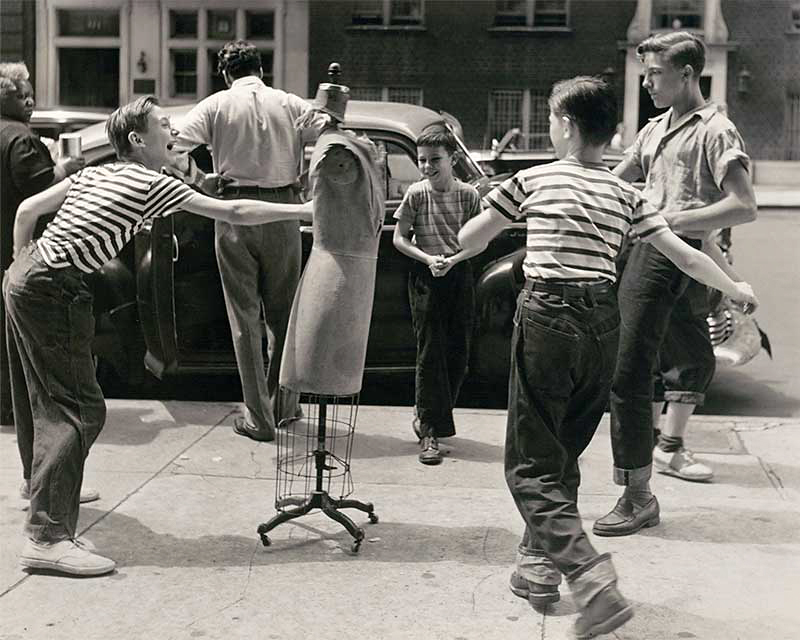










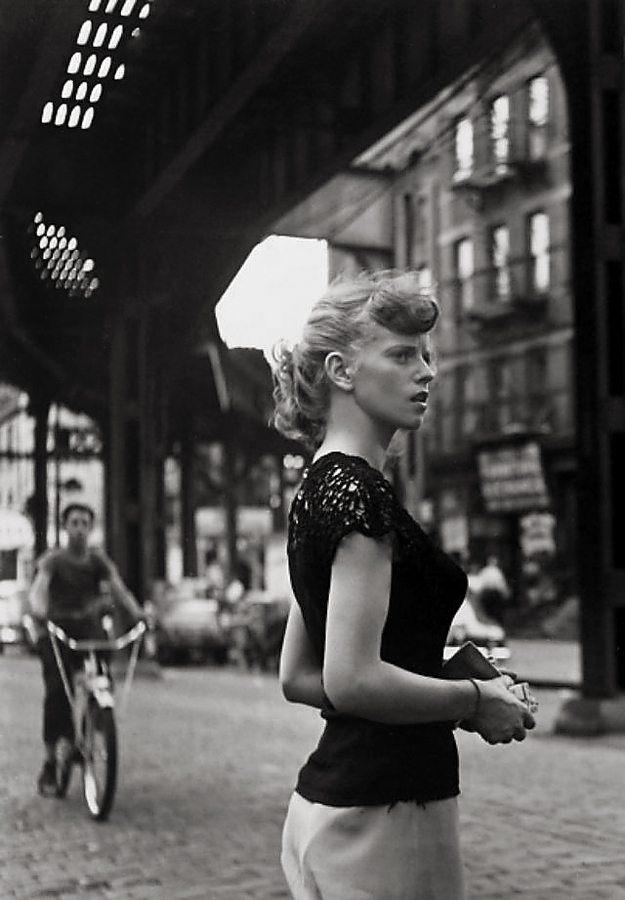

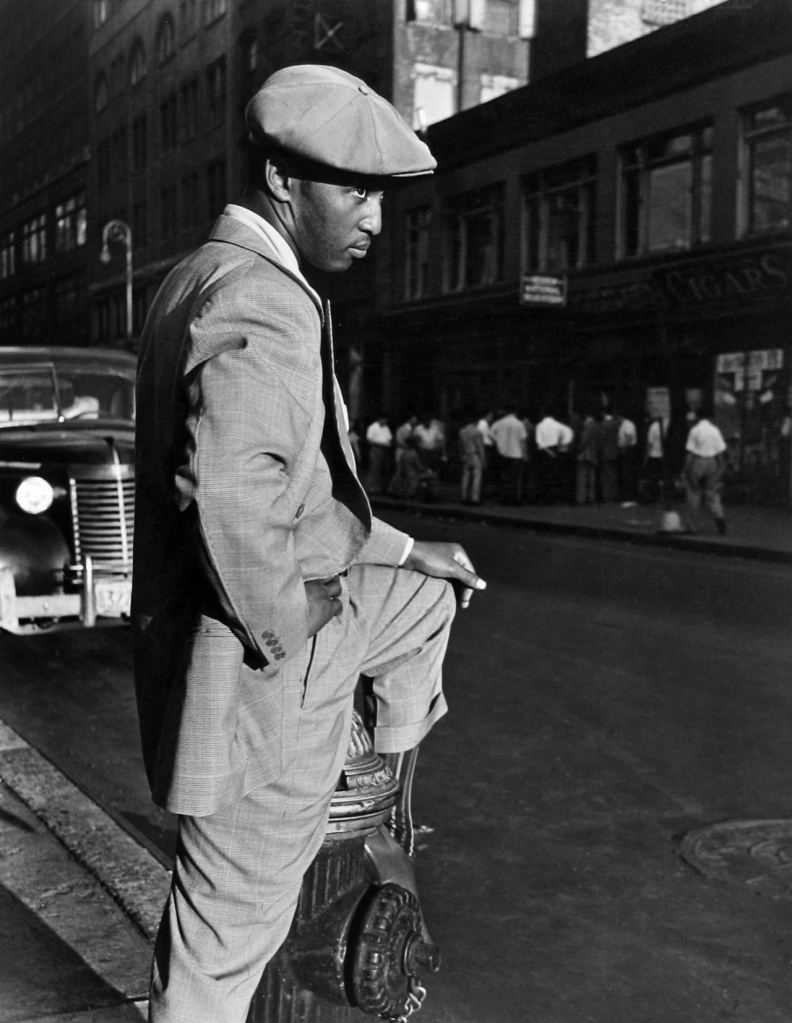

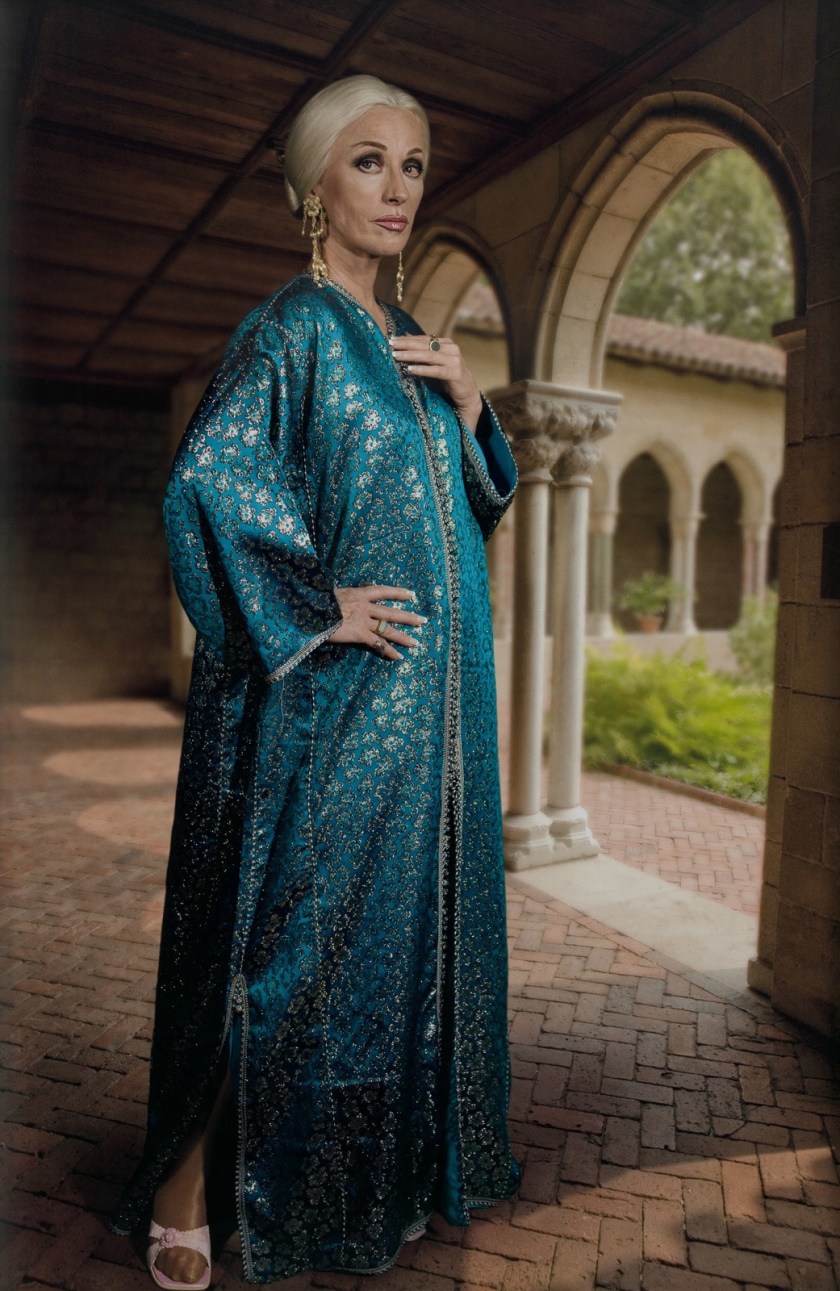









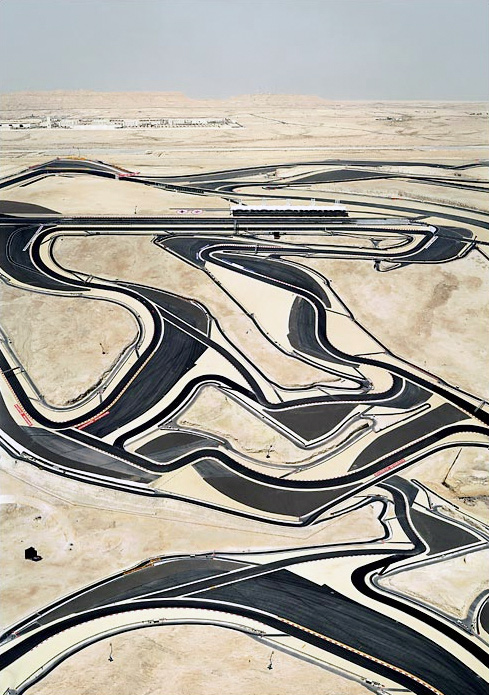














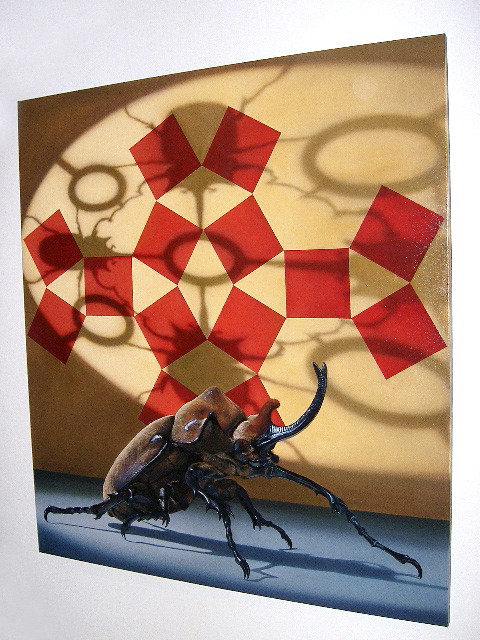








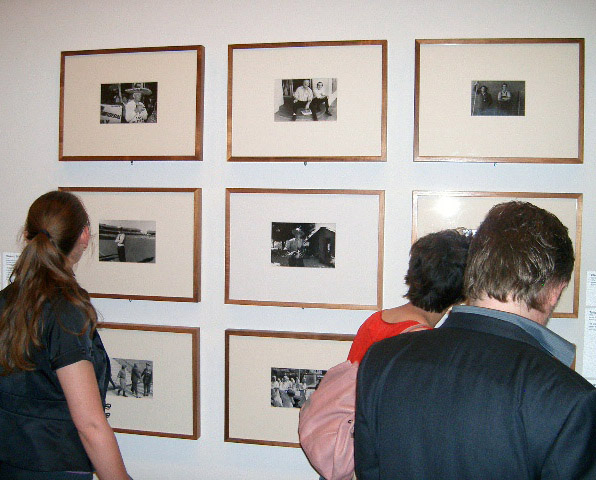

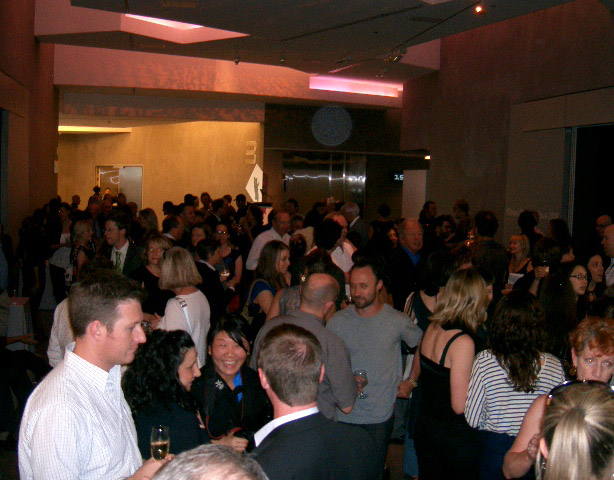



You must be logged in to post a comment.